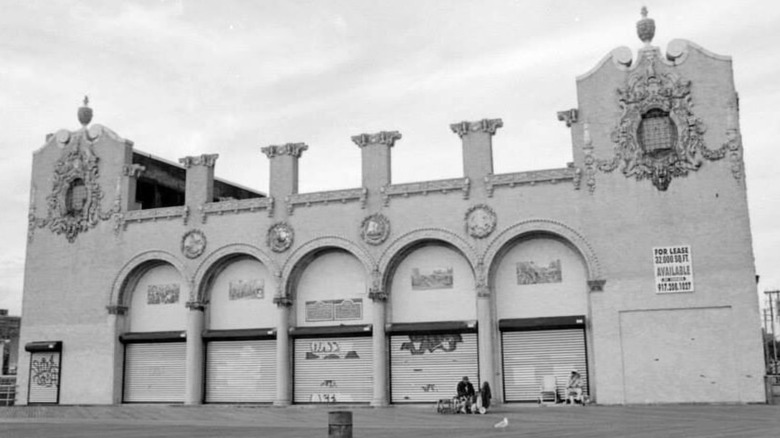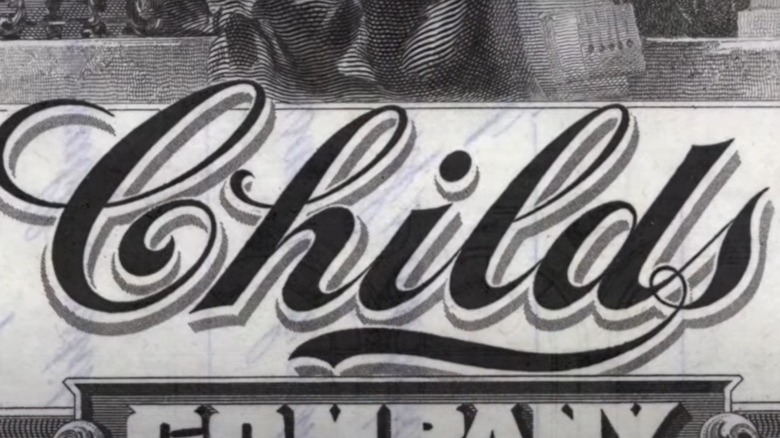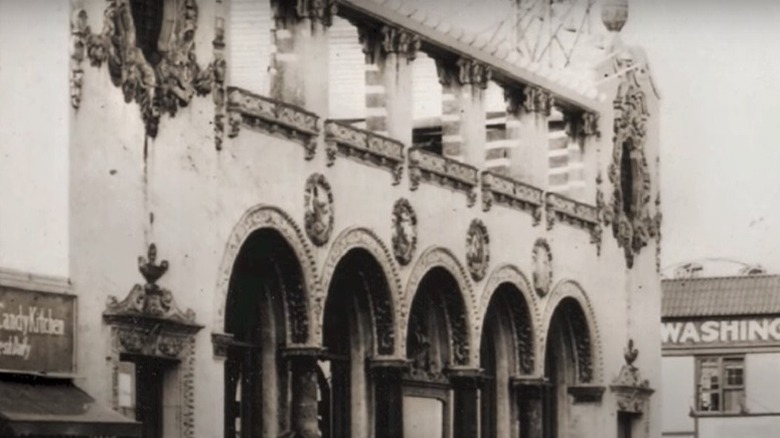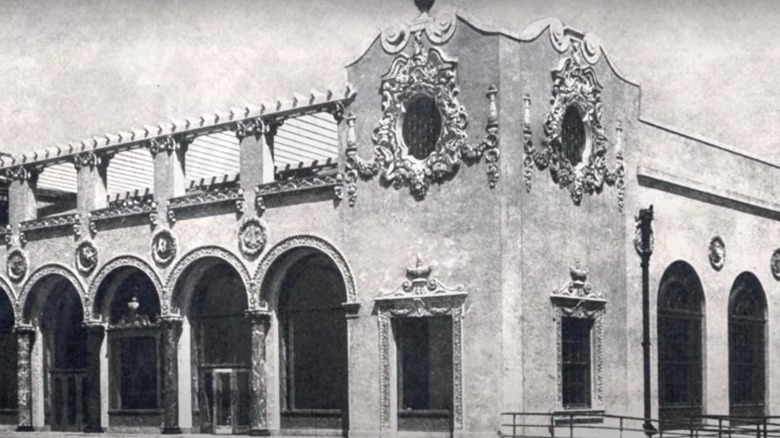Whatever Happened To Restaurant Chain Childs?
There's a reason Coney Island is called "The People's Playground." According to CBS News, it earned the nickname in 1923, when people could catch the subway to the boardwalk for just five cents. It would be tough to talk about New York City without mentioning the rock 'n roll legacy of Coney Island. Pop fans caught an earworm with The Excellents' 1962 hit, "Coney Island Baby." In 1976, Lou Reed released an album called "Coney Island Baby," as well. Patti Smith's 2010 autobiography "Just Kids" sings the praises of Coney Island, even during its infamous 1970s reputation as seedy and fallen to neglect: she writes, "Nothing was more wonderful to me than Coney Island with its gritty innocence."
The People's Playground isn't just for artists and musicians, though. Coney Island is famously home to some of the best places to eat and drink in New York City. The boardwalk boasts a stretch of beach bars serving up tastes of summer — like the original Nathan's Hot Dog stand, which hit the deck over 150 years ago.
One of the eateries that first put Coney Island on the map was a restaurant called Childs. It was even granted landmark status by the state of New York in 2002. But, today, the chain and flagship location on the Riegelmann Boardwalk have been out of commission since 1947. So, whatever happened to restaurant chain Childs?
The beginning of Childs Restaurants
The first of the Childs Restaurants opened in 1889. Brothers Samuel and William Childs, longtime servers in the New York restaurant scene, began their soon-to-be chain with origins as humble as their own. The first Childs location was a cafeteria-style lunch counter at 41 Courtland Street, as reported by Eater: New York.
What set Childs apart from the masses of NYC restaurants was its quick-and-easy cafeteria format. But, with a menu featuring simple and affordable dishes like soups, ham sandwiches, pastries, and five-cent cups of coffee, Childs made sure its setting was uniquely its own—one that customers could come to associate with it. As Eater explains, the brothers not only installed white tile walls and floors with marble countertops, but the Childs staff also wore purely white uniforms, more reminiscent of what you'd find in a hospital setting than an eatery. Bloomberg says the brothers created the Childs interior aesthetic and dress code in response to the public's food safety concerns at the time.
An article from the January-March 1917 issue of "Business Digest" lauded Childs as "the best known name in the restaurant business of America." Childs was so commercially successful, in fact, that the outlet debunked rumors that the controlling interest of Childs' stock was in the hands of Standard Oil; the stock remained with the Childs family.
As Bloomberg notes, the popular lunchroom chain would reach its peak in the 1920s, expanding to more than 100 restaurants across the Midwest and East Coast, including their flagship Coney Island location in 1923.
Childs' decline and rebranding
The iconic Coney Island location earned its reputation in large part due to its architecture. The building showcases a Spanish Colonial Revival style with nautical details like King Triton and sea creatures (via Gothamist). According to Bloomberg, William Childs went in this bold direction with the restaurant's exterior because he felt the public was ready. As the outlet reports, Childs had remarked, "The public has long since become convinced of the purity of Childs kitchens."
The Riegelmann Boardwalk location opened in 1923 and enjoyed much success for a few years. Samuel Childs died two years later, however, in 1925, which would mark a turning point for the Childs Restaurants chain. Co-founder William Childs would dramatically change the Childs menu upon his brother's passing, turning Childs into a vegetarian restaurant to match his own dietary beliefs. The move, perhaps unsurprisingly, did not fare well, and per Eater, Childs' original menu was restored not long after.
However, misfortune for the Childs Restaurants chain was far from over. The Great Depression shook New York in 1929, the same year that an outside company seized control of the 107 Childs restaurants from William Childs and his family, as reported by The New York Times. A few years later, in 1932, a massive fire — touted as the worst fire in Coney Island history — would destroy most of Coney Island's boardwalk. Though Childs would recover from the fire, business was never again the same.
The phasing out of Childs Restaurants
The Childs Restaurants chain filed for bankruptcy reorganization in 1943 and would take the next four years to strategize its comeback. At the end of 1947, a federal judge would approve the company's reorganization plan, per The New York Times, allowing the remaining Childs restaurants to resume operation.
However, the chain's Coney Island location would not be among them. Per Eater, the flagship location was sold to the Ricci family in 1947, who converted it into a chocolate factory. As for the other Childs restaurants, by 1950, the chain's reach had been cut by more than half, and in 1954, the company came under the leadership of A.M. Sonnabend, who would turn the Childs Company into Hotel Corporation of America (via the Times).
In the decades that followed, the Childs name would soon be completely gone from the restaurant scene. In 1961, Hotel Corporation of America sold the remaining restaurants to Riese Organization, a subsidiary of National Restaurants Management Inc. The group owns and operates restaurant chains like TGI Fridays, Dunkin' Donuts, and Pizza Hut, and as Eater explains, many of these current chains operate in the same locations that once belonged to Childs.



